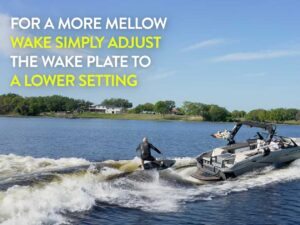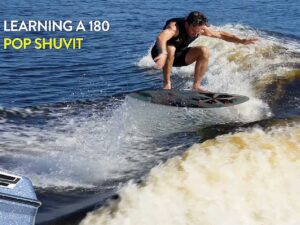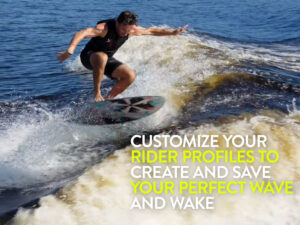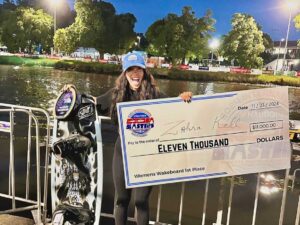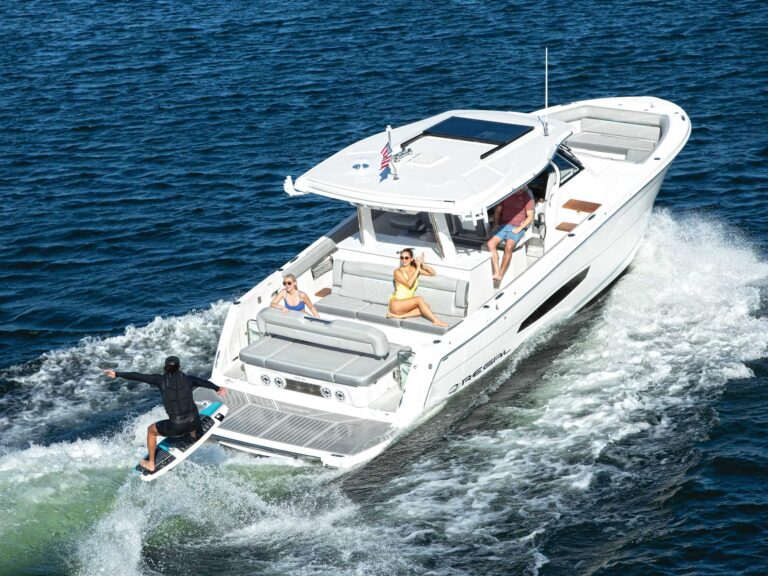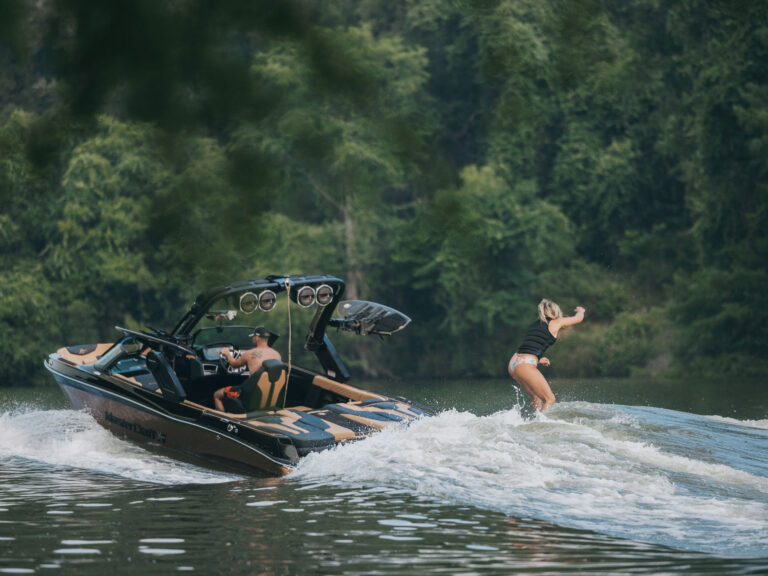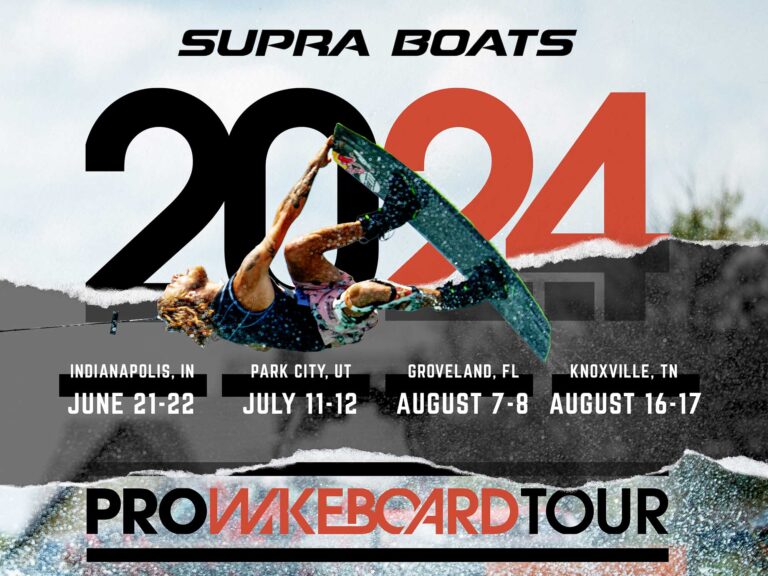World’s Best Wakes
How boats really affect your riding
Wake boats have become amazing platforms for riding lifestyles, but it’s behind the boat where our sport really advances. We talked to some of the most innovative brains in boat design to find out how manufacturers are creating such revolutionary wakes.
Where do you start with your designs?
Scott Wood, MasterCraft Director of Engineering: We start from the end – the desired finished product. We really find out from the riders what it is they want in a wake. That could mean a brand-new running surface, a hull modification or a tweak to get the desired result. We have over 75 years of running-surface and hull design experience on our staff, and have recently added a naval architect. The current X-Star hull, for example, took about two years from concept to completion.
Dan Gasper, Malibu Chief Engineer: Take the redesign of the Wakesetter VLX for 2005. The hull went back to the digital drawing board, and we adjusted the angles and shapes of the strakes and gave it a longer, wider footprint in the water. This was a tedious process and done entirely in CAD. The final design was exported to a huge CNC machine that laser-cut the plug for our first mold. Then the concept boat rolled off the line, and it was tested by our engineers and our pro team.
Tim Lopes, Centurion Engineering: Most of the time we start with an existing hull. We then work with a company that utilizes a 3-D camera that pulls the hull surfaces into cyberspace, so to speak. That way we plot it in the computer and tweak it to get everything really straight. The funny thing about the computer stuff is that it takes just almost as many man-hours to come up with the design. It’s just all done in cyberspace and best thing is you can fix it if you screw it up before you’re done. It’s much more exact.
Matt Brown, Supra/Moomba Product Development Manager: It’s a lot of trial and error. The lifting, the strength locations, the chines, the deadrise — we don’t do any of that in CAD. With the fluid-dynamics technology today, you can use computer models to tell what’s going on right at the hull, but you can’t tell what’s going on 80 feet behind the hull. That just has to be felt. The theory can’t be tested in a model.
Tom Austin, Tige Research and Development: The best design is always purpose-driven, so Tig
